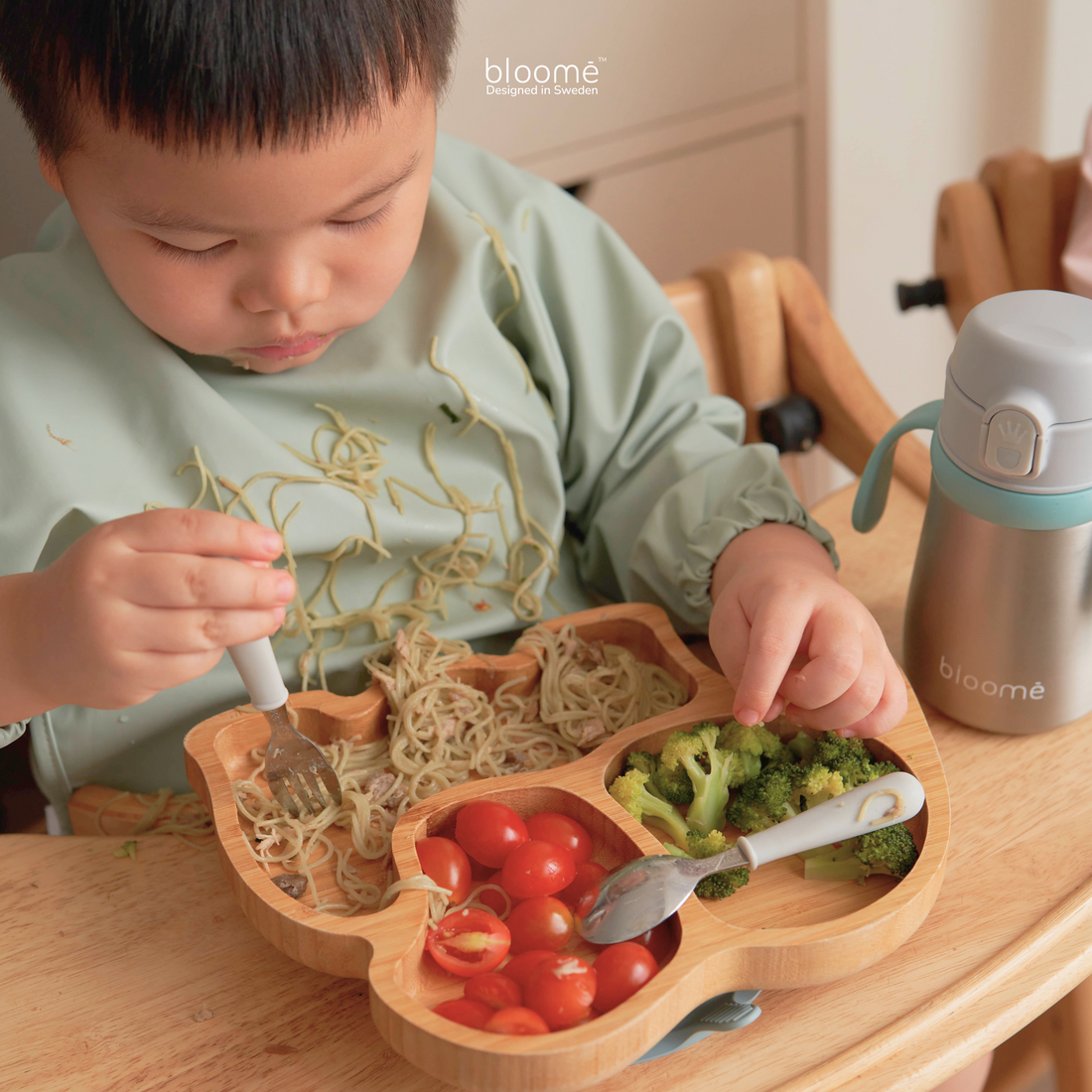Introducing solid foods to your baby can be an exciting yet daunting experience. To help navigate this important milestone, here are the top 10 expert tips for starting MPASI (Makanan Pendamping ASI) or complementary feeding:
1. Start at the Right Time
Begin introducing solid foods when your baby is around 6 months old. This is the recommended age by experts as babies' digestive systems are more developed by this time.
2. Offer a Variety of Foods
Provide a wide range of foods to ensure your baby receives all the necessary nutrients. Include fruits, vegetables, grains, proteins, and dairy in their diet.
3. Start with Single-Ingredient Foods
Begin with single-ingredient foods to monitor for any potential allergies. Examples include mashed sweet potatoes, pureed peas, or rice cereal.
4. Gradually Increase Texture
As your baby gets used to eating solids, gradually increase the texture of the foods. Start with purees and then move on to mashed and chopped foods.
5. Offer Finger Foods
Introduce finger foods to encourage self-feeding and improve fine motor skills. Cut soft fruits, vegetables, or cooked pasta into small pieces for your baby to pick up.
6. Avoid Added Sugar and Salt
Avoid adding sugar or salt to your baby's food. Babies have sensitive taste buds, and it's important to develop a preference for natural flavors.
7. Be Patient and Persistent
It may take time for your baby to get used to eating solids. Be patient and continue offering a variety of foods even if they initially refuse them.
8. Watch for Signs of Fullness
Pay attention to your baby's cues to avoid overfeeding. Signs of fullness include turning their head away, closing their mouth, or pushing food away.
9. Maintain a Routine
Establish a feeding routine to help your baby adapt to solid foods. Offer meals at consistent times each day to create a sense of predictability.
10. Consult with a Pediatrician
If you have any concerns or questions about starting MPASI, consult with your pediatrician. They can provide personalized advice based on your baby's individual needs.
By following these expert tips, you can ensure a smooth and successful transition to solid foods for your baby. Remember, every baby is different, so be patient and flexible as you navigate this new phase of their development.
